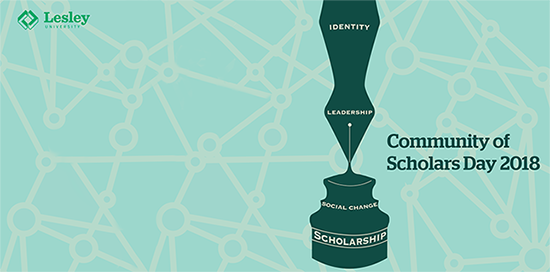Abstract
The daily lives of individuals challenged with physical disabilities shed light on the intersections, as well as the friction, between the identities we forge as individuals, and the social identities of the public space. In this interdisciplinary presentation, I will explore the fault lines between the social concepts of disability and the personal realities and specifics of biology and adaptation.
Exploring my own experiences with disability, pedagogy, and art, I will further delve on how the social realm (Arendt, 1958) evaluates and judges identity from expected modes of interaction that are often not available to the disabled person. Further, using the work of Snyder & Mitchell (2001) and Fritsch (2016), I will discuss how conformance to what society imagines the disabled person to be often buttresses a society’s desires to suppress difference to exalt commonality and to present normality as inherently superior.
The daily life of the disabled individual, in this context of opposition and friction to social identities that are presumed to be his or her own, can become an act of assertiveness and positive disruption. An individual can become a leader by simply carrying on and insisting in presenting his or her own individually forged identity of self, and thus showing that much of what is presumed to be biological, is in fact, shared societal assumptions and imagined limitations.
Start Date
28-3-2018 2:10 PM
End Date
28-3-2018 3:00 PM
Presentation Type
Creative Performance
Disciplines
Accessibility | Anthropology | Disability and Equity in Education | Leadership Studies | Music Performance | Politics and Social Change | Sociology | Special Education and Teaching
Full Text of Presentation
wf_yes
Included in
Accessibility Commons, Anthropology Commons, Leadership Studies Commons, Music Performance Commons, Politics and Social Change Commons, Special Education and Teaching Commons
Leading from the In-Between: Disability, Leadership, and Identity
U-Hall 3-092
The daily lives of individuals challenged with physical disabilities shed light on the intersections, as well as the friction, between the identities we forge as individuals, and the social identities of the public space. In this interdisciplinary presentation, I will explore the fault lines between the social concepts of disability and the personal realities and specifics of biology and adaptation.
Exploring my own experiences with disability, pedagogy, and art, I will further delve on how the social realm (Arendt, 1958) evaluates and judges identity from expected modes of interaction that are often not available to the disabled person. Further, using the work of Snyder & Mitchell (2001) and Fritsch (2016), I will discuss how conformance to what society imagines the disabled person to be often buttresses a society’s desires to suppress difference to exalt commonality and to present normality as inherently superior.
The daily life of the disabled individual, in this context of opposition and friction to social identities that are presumed to be his or her own, can become an act of assertiveness and positive disruption. An individual can become a leader by simply carrying on and insisting in presenting his or her own individually forged identity of self, and thus showing that much of what is presumed to be biological, is in fact, shared societal assumptions and imagined limitations.



